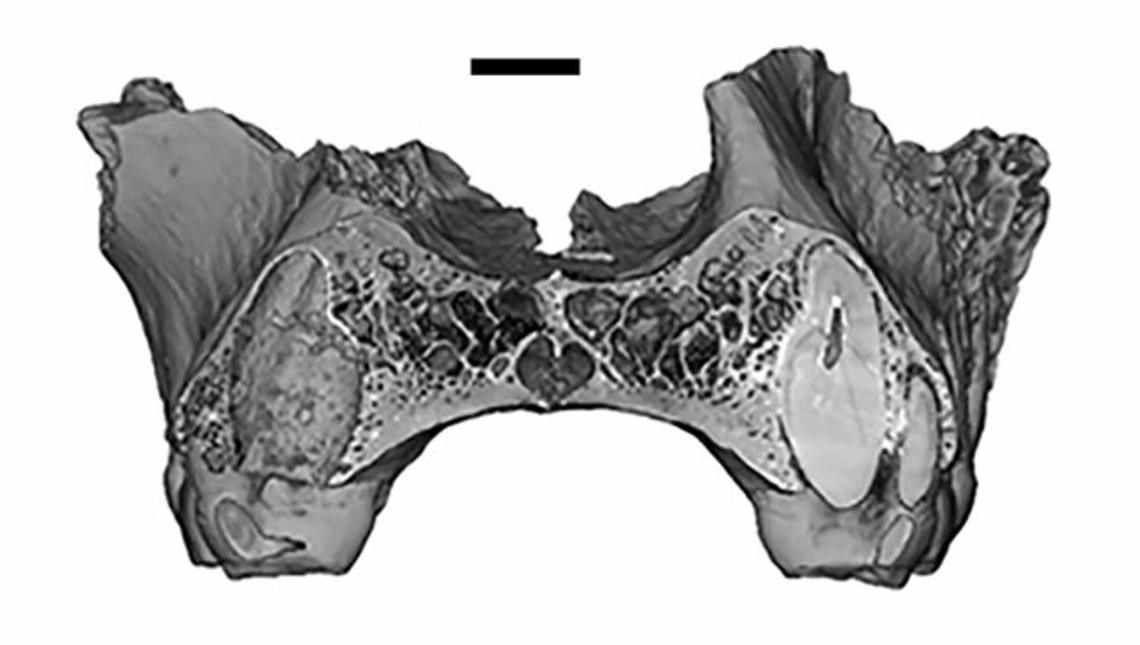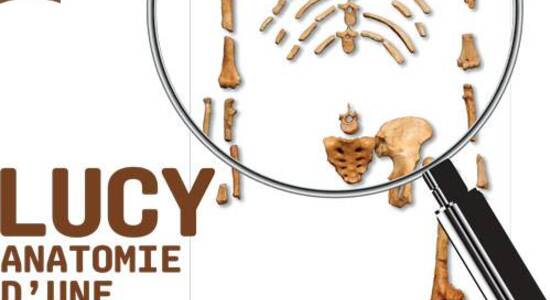First maxilla of a late Miocene hominid from Thailand and the evolution of pongine derived characters
Publié par Laboratoire PALEVOPRIM, le 12 septembre 2019 1.6k
First maxilla of a late Miocene hominid from Thailand and the evolution of pongine derived characters
Abstract
The evolutionary history of Asian Miocene hominids (great apes and humans) remains poorly documented, obscuring the ancestry of orangutan (Pongo). Khoratpithecus from the middle and late Miocene of Thailand and Myanmar was previously documented only by mandibles and isolated teeth. It has been interpreted as the closest relative of Pongo based on shared derived mandible characters such as symphyseal morphology and the lack of anterior digastric muscle scars. Here we describe a new maxilla, MFT-K176, which originates from the same sedimentary unit as the holotype mandible of Khoratpithecus piriyai from the late Miocene in Nakhon Ratchasima province, Northeastern Thailand. The new maxilla displays a unique subnasal morphology with several derived characters being shared only with Sivapithecus and Pongo, confirming its attribution to the pongine clade. However, it differs from other known Asian hominids by it subnasal and dental morphology, showing more similar to Khoratpithecus chiangmuanensis teeth. Metric similarities with the mandible of K. piriyai corroborate the referral of MFT-K176 to Khoratpithecus. However, as associated upper and lower teeth would be required to evaluate the latter assertion more conclusively, we attribute it provisionally to cf. Khoratpithecus sp. Other anatomical characters from the clivus, the palate and the molars are peculiar for this hominid but do not exclude it from a sister group relationship with Pongo. This new maxilla plays a pivotal role in understanding that Ankarapithecus occupies a more basal position within the pongine clade and supports the exclusion of Lufengpithecus from this clade.
Références
Chaimanee Y, Lazzari V, Chaivanich K, Jaeger JJ – First maxilla of a late Miocene hominid from Thailand and the evolution of pongine derived characters – J Hum Evol. 134:102636. DOI: 10.1016/j.jhevol.2019.06.007




